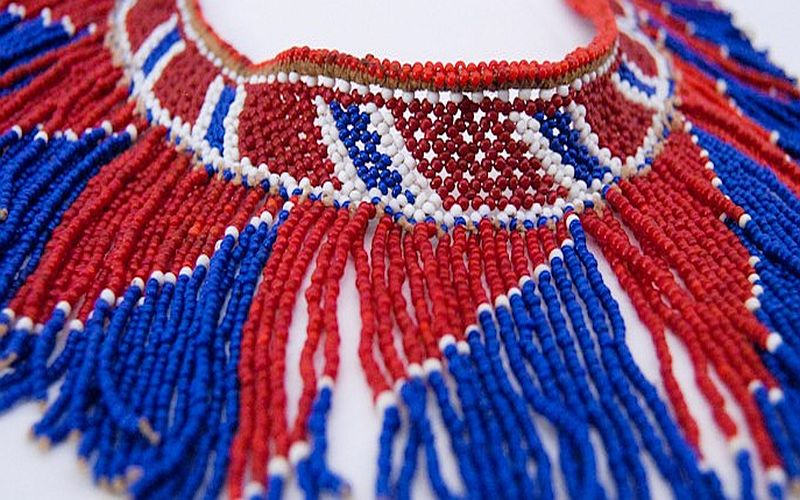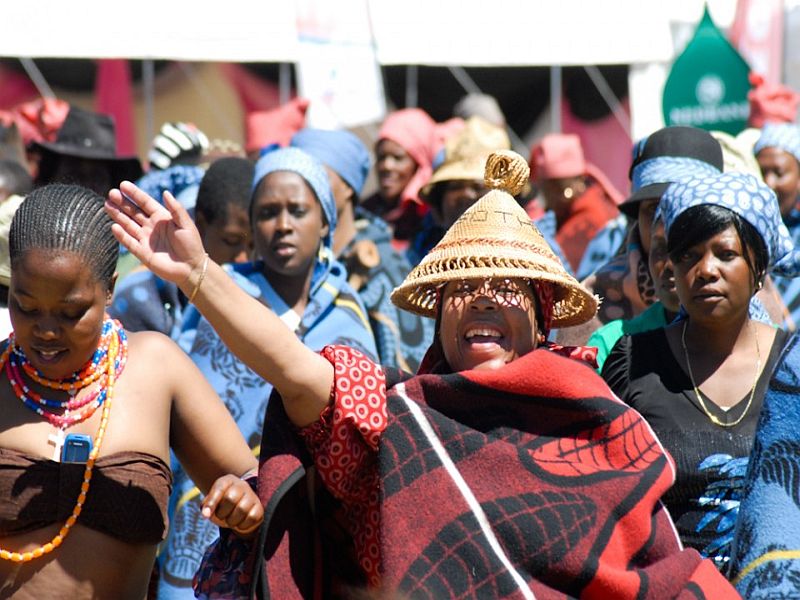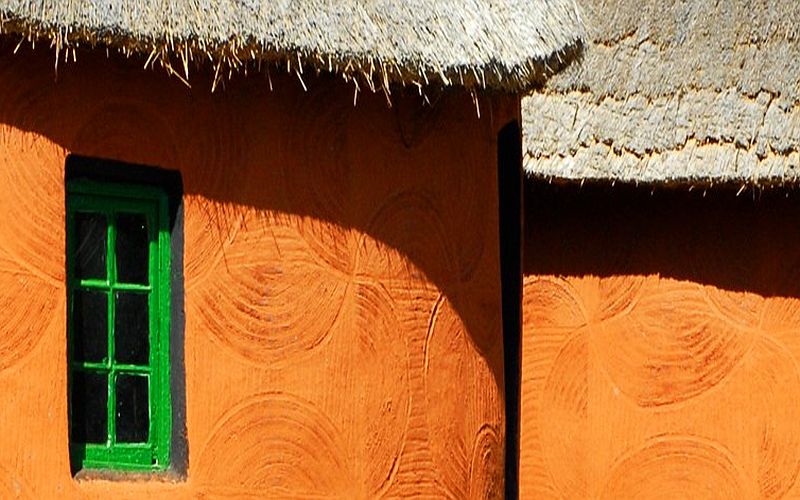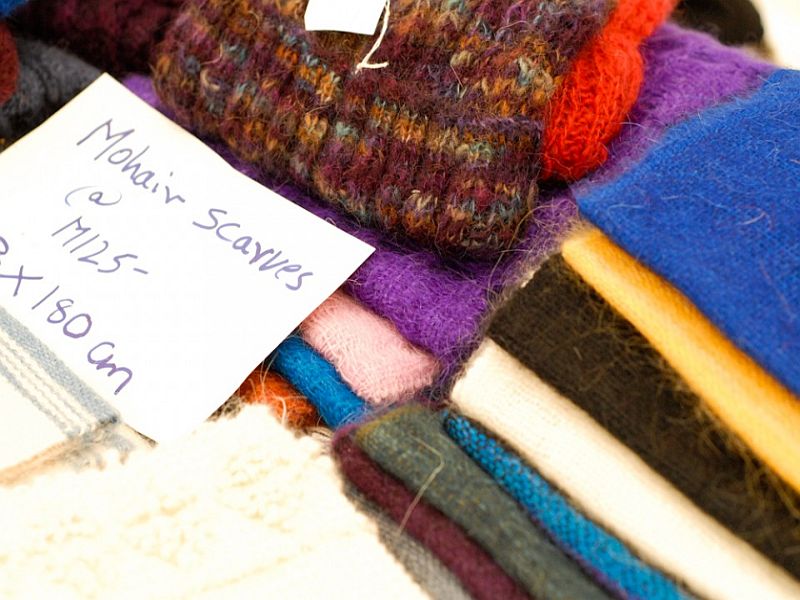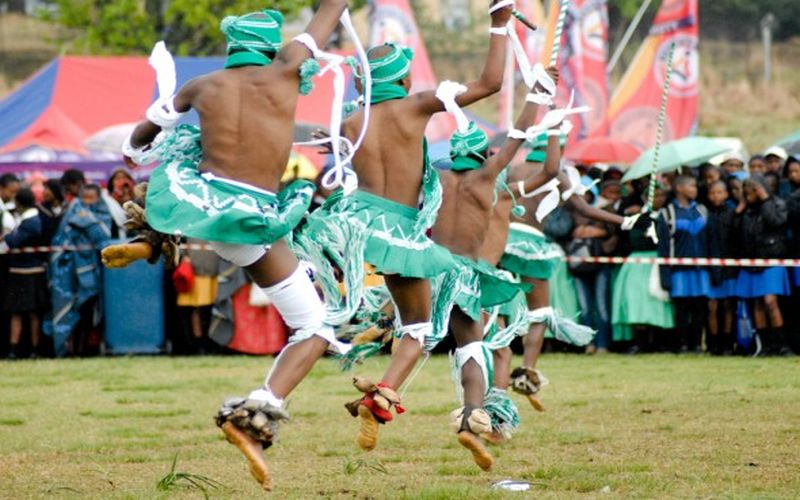Morija is a charming village located just off the main road towards Mafeteng from Maseru. The village offers accommodation, a museum, a tea-room, conference centre, pony trekking, walking trails and the yearly Morija Arts and Cultural Festival.
Morija village was established in 1833 when King Moshoeshoe the Great, father of the Basotho nation, invited the French Protestant missionaries to come and teach his people. This wise king sent his eldest sons to live in Morija to learn the secrets of the west. With time, Morija became known as ‘Sedibeng sa Thuto’, or the ‘Wellspring of Learning’ because of the outstanding contribution that it has made to the development of leadership in Lesotho. Morija hosts ten educational institutions, including the Basotholand Training College, the historic Protestant Church and Maeder House. Morija has trained several thousand teachers and religious workers over the last 165 years, many of them going on to establish schools the length and breadth of Lesotho, as well as in South Africa, Mozambique, Zambia and Botswana. A guided tour of the village will identify some of the prominent personalities who played a significant role in shaping this area. Both the famous and the infamous feature – Morija can lay claim to a daughter who poisoned her very eminent missionary father on Christmas Eve in 1920!
The Morija Arts and Cultural festival occurs in the first week of October every year and is considered to be Lesotho’s premier cultural event. Choral music, traditional dances, stories, fashion, food and concerts are just a few of the attractions for the festival.
Accommodation in Morija is in self-catering guesthouses, although catering services are available. The conference centre can provide for groups of up to 150, with simple comfortable accommodation and three meals daily in a quiet setting.
A must-see attraction in Morija is the Morija Museum and Archives – a place where the visitor can experience the Basotho culture through a superb collection of books, photographs and cultural artefacts. The museum was officially constituted in 1956 as a result of the discovery of important dinosaur remains. These fossilised bones and footprints, as well as Bushmen paintings and artefacts are also on display in the museum. A gift shop sells local crafts and information booklets. Another essential visit is to the Maeder House Craft Centre, which houses fashion design, clothing, crafts and decorative items from Lesotho and other African countries.
A tea-room provides drinks and light meals, while the beautiful park in town has braai (barbecue) and picnic areas. Enjoy a walking tour of the historic Morija Mission station (the first mission station in Lesotho, founded in 1833), or climb to the nearby dinosaur footprints. Hike to the local mountain lakes or spend the day exploring the mountains above Morija. Pony treks with sturdy ponies and experienced guides can be arranged – both short and overnight options are possible.
In Morija, the visitor is sure to get in touch with Lesotho, her people and the beautiful Lesotho outdoors.

